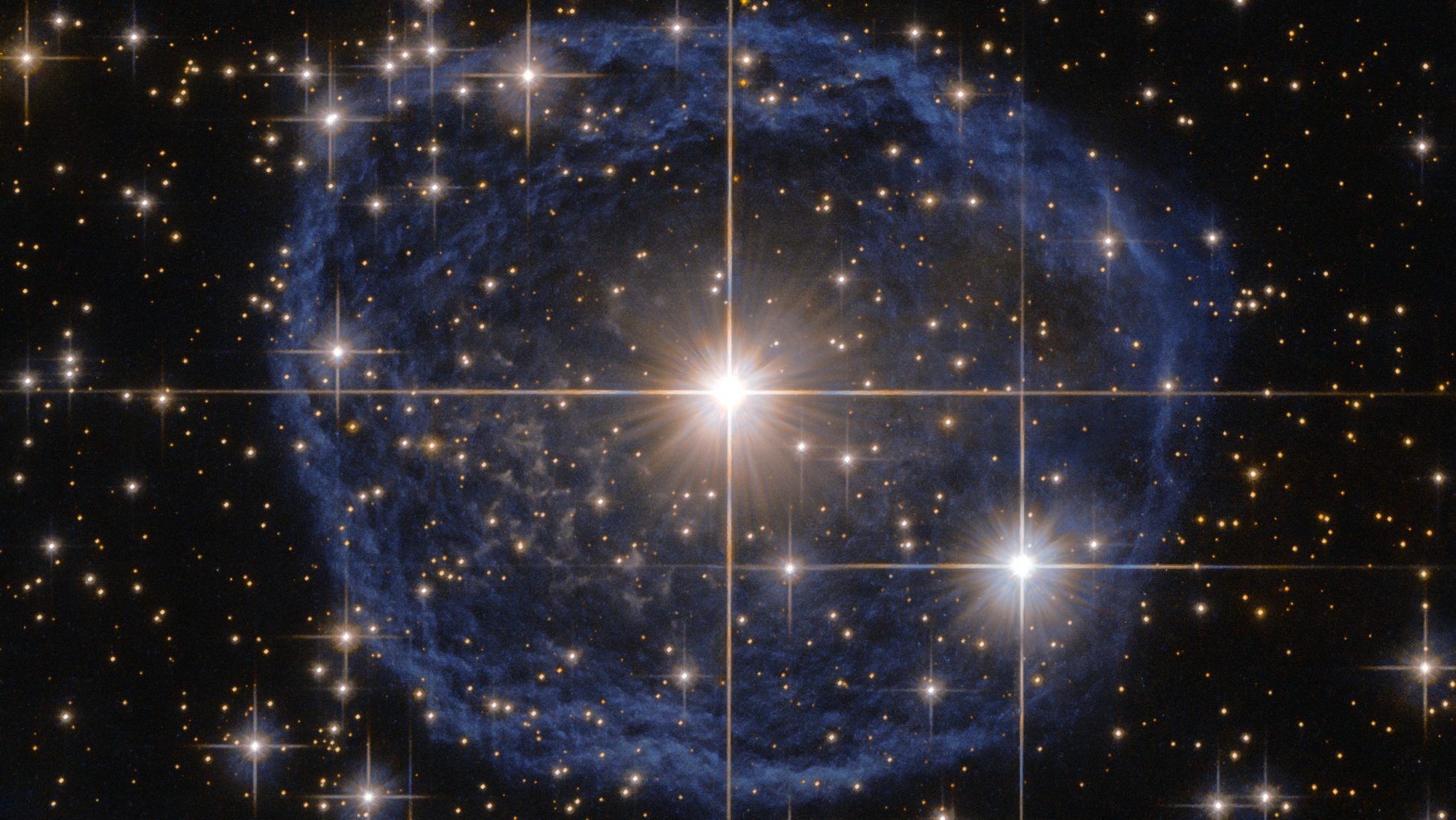How blogging rewired my brain
On a recent vacation, I experienced a fit of “small thoughts.”
n
For a few hours, every few minutes my brain was coming up with somewhat interesting tidbits that were fun to mull around. These ideas were not earth shatteringly brilliant by any measure, but represented a small change in my understanding of some concept not key to my day-to-day life. If your having a hard time visualizing what this type of idea might look like, here’s a good example.
n
I normally would have shared these ideas digitally as I had them, but I had no access to electronics on this trip. I also knew I wouldn’t be returning to the ability to blog or tweet for a long period of time (~two weeks).
n
With these limitations, I became very aware of the effort required to document each of these ideas — because I couldn’t immediately use these thoughts, I found my natural inclination was to decrease their value in my head and use that as an excuse to not write them down.
n
Personal-publishing tools like Twitter and Blogs are powerful motivators — they increase the value of thought capture by making each thoughts value as a final product clear. This effect incentivizes bloggers to capture more of their thoughts and evaluate/prepare them for public scrutiny which improves their thinking, and that’s why I tend to value the thinking of people who actively publish, even if it’s for an audience of one.
n
#### Related:
n
* I wrote a post on Why I Blog, which could be updated with the thesis from this post.
n
* I think Twitter is interesting because it makes it easy to capture interesting and seemingly inconsequential ideas. Having that information captured is good for increasing global knowledge, but the main benefit is in the process of refinement for the original thinker. Publishing makes one think better.
n
* If we follow the path of innovation in personal publishing, it seems to be about allowing people the opportunity to capture smaller and smaller thoughts. Extrapolating this out, I’d be interested in consumer web technology that makes it easier to capture original thoughts that appear, at first glance, to be entirely mundane and uninteresting. Perhaps a tweet represents the smallest unique item of thought, but I doubt it. I have a feeling there is still a lot of opportunity in working directly with people’s thoughts, with voice, or with their habit of keeping diaries. I think the format that becomes the smallest unique captured thought should be called “Thoughtlets“
n
* The global database of ideas represented in the public nodes of personal publishing efforts (posts/tweets/delicious saves/etc.) is helping people learn today. I can pay attention to more of a persons thinking than I ever could in the past, because more of their thinking is being captured and they are making more of it public. However, I still have a limited number of people I can pay attention to. The real game changer will come with the rise of machine learning. When tomorrow’s supercomputers can pay attention to everyone’s thoughts — we will have really interesting opportunities, and robot apocalypse.
n
* One such opportunity: Intellectual reputation can be ranked fairly, based on the clarity, power and originality of your thinking. With a benchmark (how well did it improve the machines capability for thought), there will be less subjectivity in this ranking.
n
* Chris Saad is an expert on Attention. I’d love to attend an event or a group of people thinking about the effect and future of attention. That would be fascinating.
n
* OhLife is a really interesting startup. I don’t think they have yet applied a “search for the thoughtlet” to their user experience, but i really like the idea of email based journaling.
n




